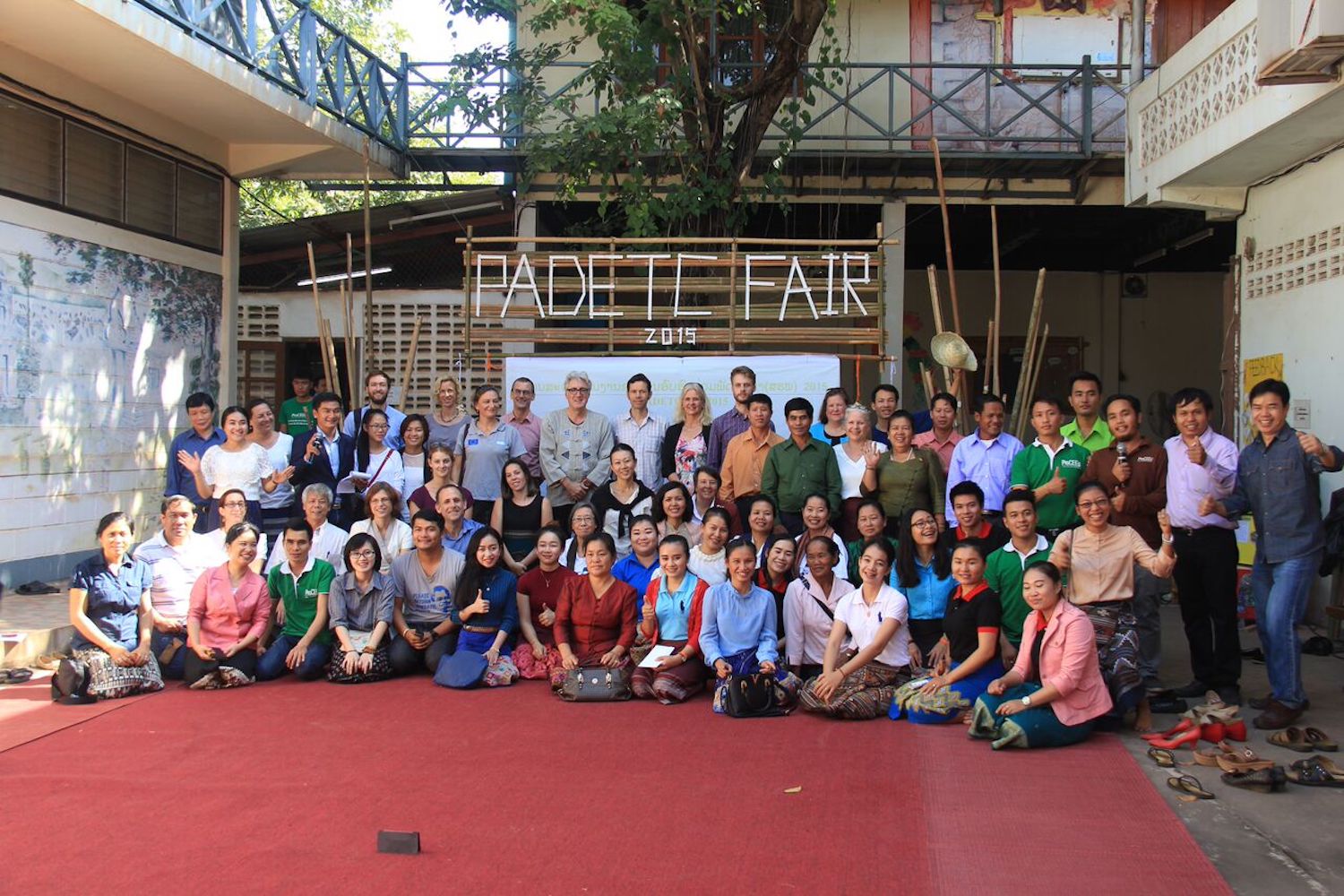 Briefing paper prepared by the International Commission of Jurists (ICJ)
Briefing paper prepared by the International Commission of Jurists (ICJ)
Introduction
“The phenomenon of enforced disappearances […] is the worst of all violations of human rights. It is certainly a challenge to the very concept of human rights, denial of the right for humans to have an existence, an identity. Enforced disappearance transforms humans into non-beings. It is the ultimate corruption, abuse of power that allows those responsible to transform law and order into something ridiculous and to commit heinous crimes.” Niall MacDermot, Secretary General of the International Commission of Jurists (1970-1990) (1)
 The International Convention for the Protection of All Persons from Enforced Disappearance (ICPPED) defines “enforced disappearance” as:
The International Convention for the Protection of All Persons from Enforced Disappearance (ICPPED) defines “enforced disappearance” as:
The arrest, detention, abduction or any other form of deprivation of liberty by agents of the State or by persons or groups of persons acting with the authorization, support or acquiescence of the State, followed by a refusal to acknowledge the deprivation of liberty or by concealment of the fate or whereabouts of the disappeared.
Between 1994 and 2012, eight cases of reported enforced disappearance in Lao PDR were referred to the United Nations Working Group on Enforced or Involuntary Disappearances (WGEID) (2):
|
Year of alleged ED |
Year WGEID transmitted case to Government |
Names |
Status |
|
1993 |
1994 |
A leader of repatriation group |
Discontinued by WGEID in 2006 |
|
1999 |
2001 |
5 members of Lao student movement for democracy |
Clarified in 2005/2006 |
|
2009 |
2010 |
Ms. Kingkeo Phongsely (3) |
Outstanding |
|
2012 |
2012 |
Mr. Sombath Somphone |
Outstanding |
While eight cases have been referred to the WGEID, the actual number of enforced disappearances may be higher. There are many reasons why cases may not be reported to the WGEID, including fear of approaching the authorities and/or lack of knowledge of, or access to, the UN mechanisms.
Continue reading “What is…Enforced Disappearance in Lao PDR?”



 Mass organisations, including the National Front for Reconstruction, the Federation of Trade Unions, and the Women’s and Youth Unions, are often portrayed by the Lao government as civil society organisations, although they exist primarily to represent the state to the population. Non-Profit Associations (NPAs) are seen in a similar vein, as mechanisms to extend governmental agenda, policies and programmes.
Mass organisations, including the National Front for Reconstruction, the Federation of Trade Unions, and the Women’s and Youth Unions, are often portrayed by the Lao government as civil society organisations, although they exist primarily to represent the state to the population. Non-Profit Associations (NPAs) are seen in a similar vein, as mechanisms to extend governmental agenda, policies and programmes.
 Since 1997, Freedom House has rated Laos as ‘Not Free’ with regard to its press freedom. Reporters Without Borders (RSF) has consistently ranked Laos among the bottom 15 countries surveyed since the creation of its Press Freedom Index in 2002.
Since 1997, Freedom House has rated Laos as ‘Not Free’ with regard to its press freedom. Reporters Without Borders (RSF) has consistently ranked Laos among the bottom 15 countries surveyed since the creation of its Press Freedom Index in 2002. 
 Human Rights Treaties
Human Rights Treaties

 duction
duction
 The ASEAN Charter provides that all Member States shall take turns in acting as Chair of the ASEAN. The chairmanship of ASEAN rotates annually, based on the alphabetical order of the English names of Member States.
The ASEAN Charter provides that all Member States shall take turns in acting as Chair of the ASEAN. The chairmanship of ASEAN rotates annually, based on the alphabetical order of the English names of Member States.